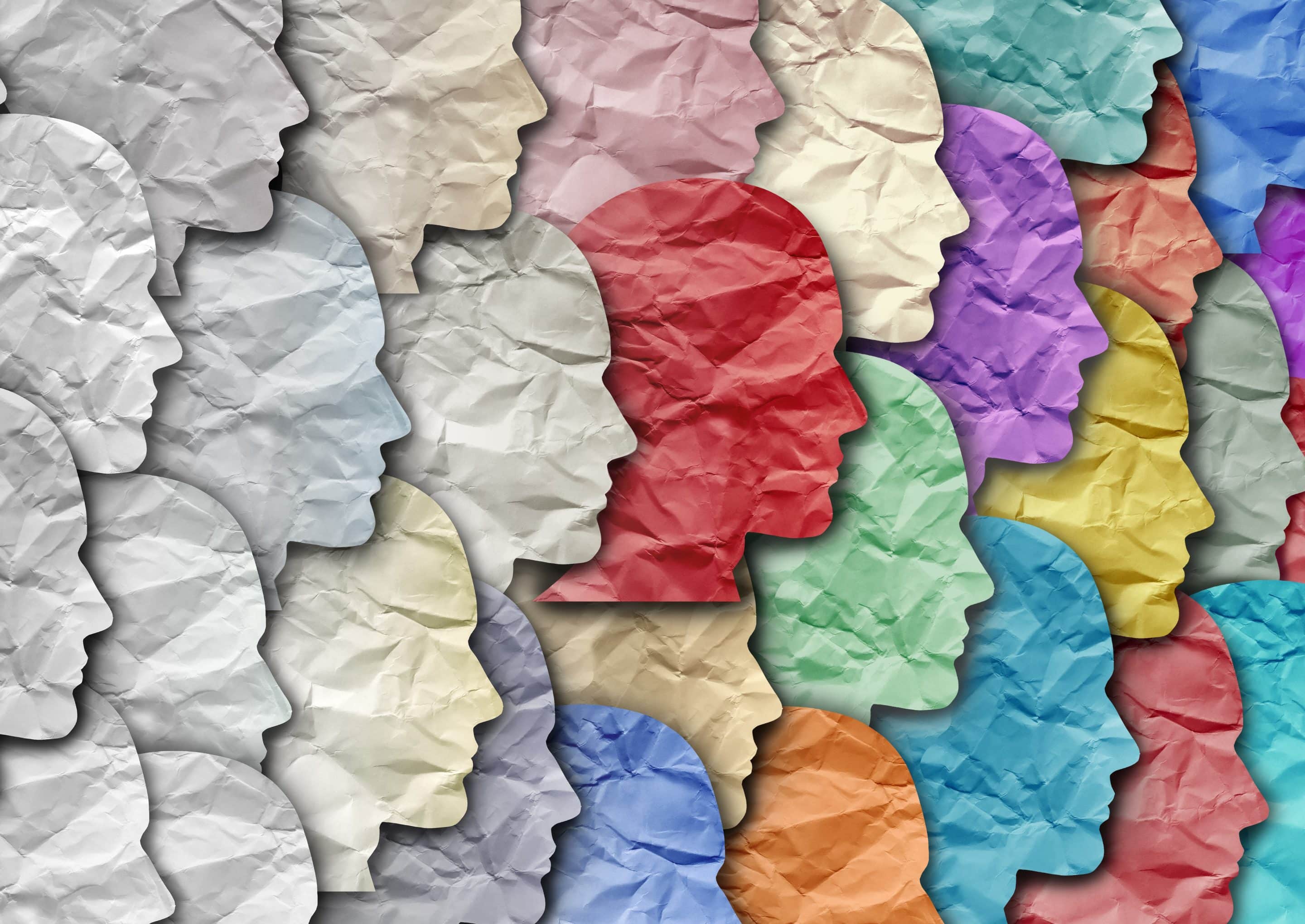When it comes to ensuring that patients have a satisfactory healthcare journey, the availability and effective use of data is critical. Of course, with the continued proliferation of data, from wearable devices through to the rise of ‘big data’, it is easy to be overwhelmed by the sheer volume of data at our disposal. So, how can we make sense of it all? One route to understanding patient behaviours is through a better understanding of the broader changes taking place within our society. By looking at some of the major themes impacting society, either at a local, regional national or global level, healthcare companies can make more informed and effective decisions about patient treatments.
From the way we use social media to the changing age profile of our population, we have chosen three significant social themes which are having a major bearing on healthcare journeys:
Social connectedness
Patients have always spoken amongst their social circles and communities about their healthcare journeys. However, with the growth of social and digital media, patients are increasingly turning to online communities to speak about their experiences. This change in patient behaviour means that healthcare companies wishing to better understand their patients are now increasingly required to know how to effectively capture and interpret this information. Healthcare marketeers must monitor changes to where different patients are discussing their conditions. Many patients, for example, seek out communities on Reddit to talk about their health experiences. During the peak of the Covid-19 pandemic, a popular thread on Reddit involved discussion between those who were positive for Covid-19 talking about their experiences with the virus and what helped them in their recovery (Marcin,2020).
Taboo topics
In recent years, patients have become more open in discussing “taboo” health topics such as women’s health, mental health, and HIV, creating a wealth of resources for the healthcare industry. This data goldmine has enabled healthcare and pharma companies to gain valuable insights into how patients feel about their prescription medications, treatment and their health more generally. Although, we should be mindful that not all taboos have been broken and there are still many issues that we as individuals are reluctant to discuss openly, leaving data gaps which we must find other ways of bridging.
Migration
In the last 5 decades, the number of people migrating to different countries has gradually increased (World Migration Report, 2020). For healthcare professionals working in countries with large influxes of migrants, it is becoming increasingly important to consider underlying social, cultural and environmental factors impacting those who need to start treatment or continue treatment. For example, many migrants arrive in countries where they don’t speak the native language; no healthcare data can be collected if patients are unable to communicate! Additionally, among those who have had to migrate involuntarily, there is a much higher prevalence of drug and alcohol abuse, mental health disorders, reproductive issues, and infant mortality. It is harder to capture data on these topics due to cultural barriers which can mean patients are less likely to share their experiences. (Euro.who.int, 2022).
Changing age profiles
Due to decreased fertility rates and increased life expectancy, the world population is ageing. As a result, there is a larger strain on health services, with increased care being required for the elderly population (Raymond et al., 2021). Of course, this means that there is a now older age demographic receiving healthcare attention who are less likely to be participating in healthcare forums and online surveys than younger age demographics. This digital exclusion means that healthcare data analysts must remain mindful that patient experiences detailed online may not be fully representative of the population that are using healthcare services. To combat this gap in data, more traditional methods of data collection may be required to collect healthcare data from older patients.
It is important to recognise these how these and other social changes can affect healthcare data, but it should not discourage businesses from using data to better understand patients. There is an opportunity to gain a deeper understanding of patients’ behaviour and learn from the past to predict what may happen in the future. Ultimately, this will lead to better decision making for business and better outcomes for patients.
References
Marcin, T., 2020. There’s a community on Reddit where COVID-positive people share experiences. [online] Mashable. Available at: <https://mashable.com/article/coronavirus-support-group-reddit> [Accessed 22 July 2022].
Worldmigrationreport.iom.int. 2020. World Migration Report. [online] Available at: <https://worldmigrationreport.iom.int/wmr-2020-interactive/> [Accessed 22 July 2022].
Euro.who.int. 2022. Migration and Health: Key Issues. [online] Available at: <https://www.euro.who.int/__data/assets/pdf_file/0005/293270/Migration-Health-Key-Issues-.pdf> [Accessed 22 July 2022].
Raymond, A., Bazeer, N., Barclay, C., Krelle, H., Idriss, O., Tallack, C. and Kelly, E., 2021. Our ageing population. [online] The Health Foundation. Available at: <https://www.health.org.uk/publications/our-ageing-population> [Accessed 22 July 2022].
Photo from Shutterstock ID: 1572345184




